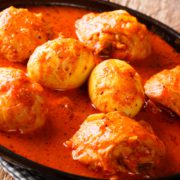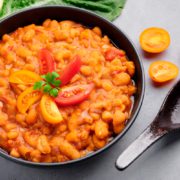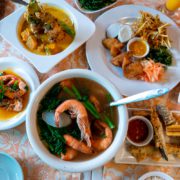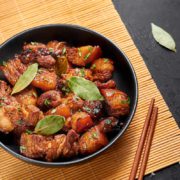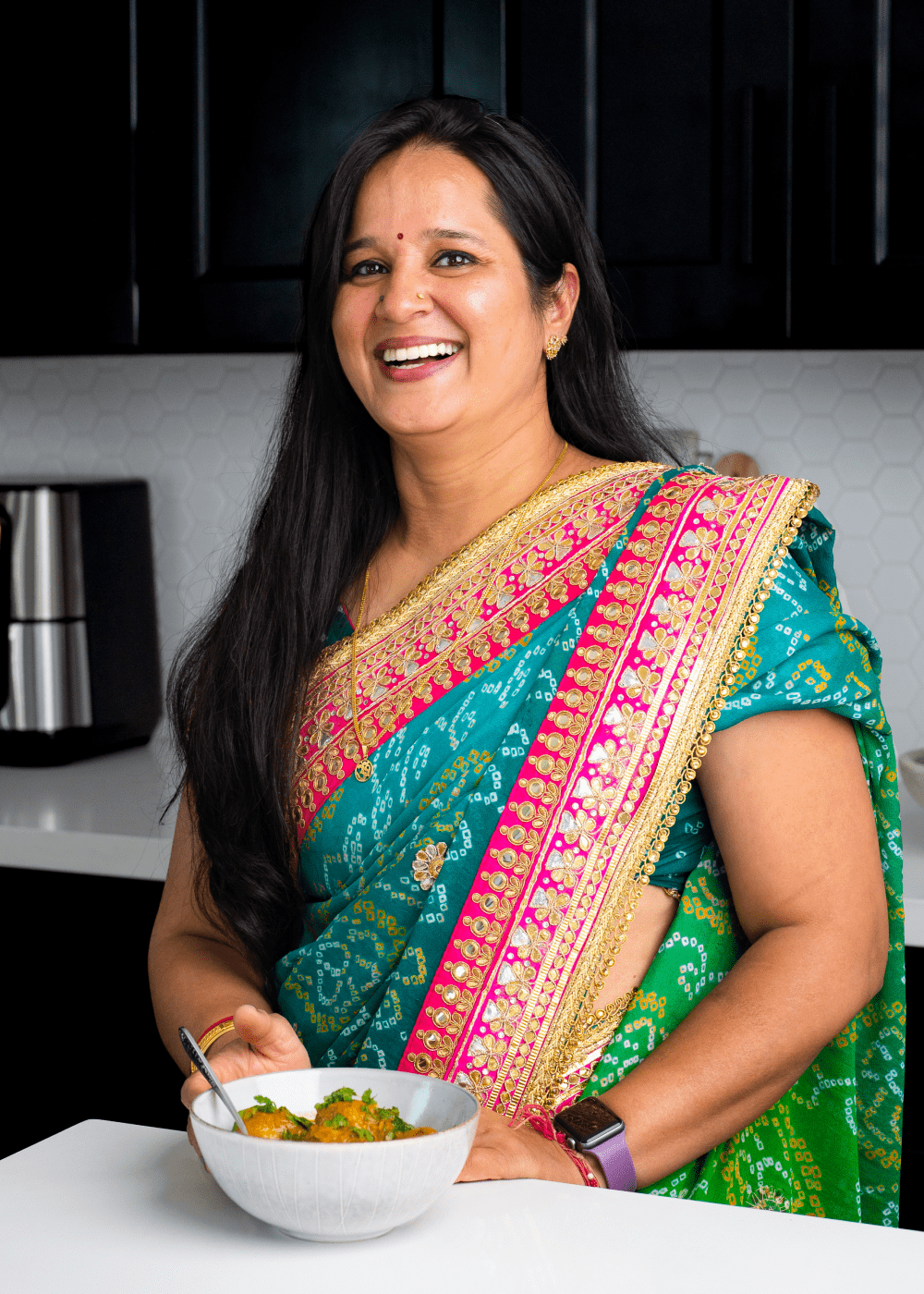How to Make Injera (and Where to Find It in Seattle)
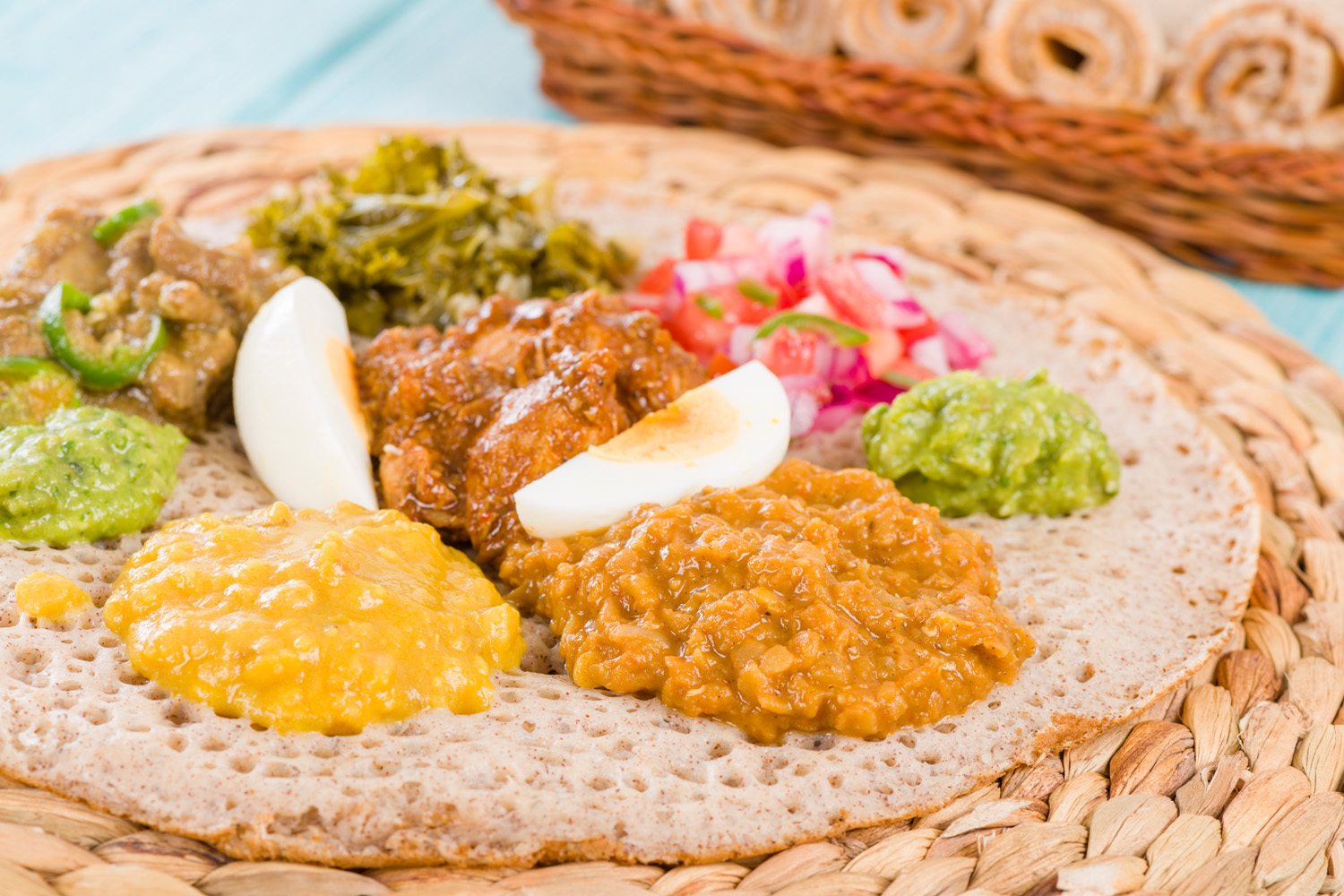
Injera, a sour, spongy flatbread made from an ancient grain called teff, is the most iconic food in Ethiopia’s culinary history. Its exact history remains a mystery, but there have been unpublished records dating back to 100 B.C.!
During mealtime, friends, family, and colleagues gather around the platter of injera, which is topped with small piles of colorful, aromatic foods such as spiced lentils, pickled vegetables, marinated curries, and seasoned greens. Rather than using cutlery, Ethiopians rip off pieces of the injera and use the bread to scoop up saucy dishes like do wot (chicken stew), tibs (stir-fried beef), and more. Essentially, injera hold the dish’s sauce and contents for a flavorful bite every time.
Preparing injera is fairly simple. First, a batter is made from water, teff flour, and fermented teff (sourdough yeast). In contemporary versions, all-purpose flour and oil are added. After the ingredients are mixed, the batter needs to sit for two to three days before it’s baked, which gives the dough its airy, bubbly texture and signature slightly sour flavor. After fermenting, a thin layer of the batter is poured into a pan, where it gradually rises and puffs as it heats.
Back in the early 1980s, teff wasn’t readily available in Seattle, and instead, many local Ethiopian restaurants used American grains. As the Ethiopian population grew in the mid-1980s, teff became a growing import. Now, specialty Ethiopian ingredients like korarima (Ethiopian cardamom) and da’ta (pulverized chili) are plentiful in the community, and there are a growing number of Ethiopian restaurants serving authentic dishes like injera, including Adey Abeba and Cafe Selam. Many of our shefs offer homemade injera, too. Order some today!
Learn more: A Taste of Ethiopian Cuisine in Seattle


